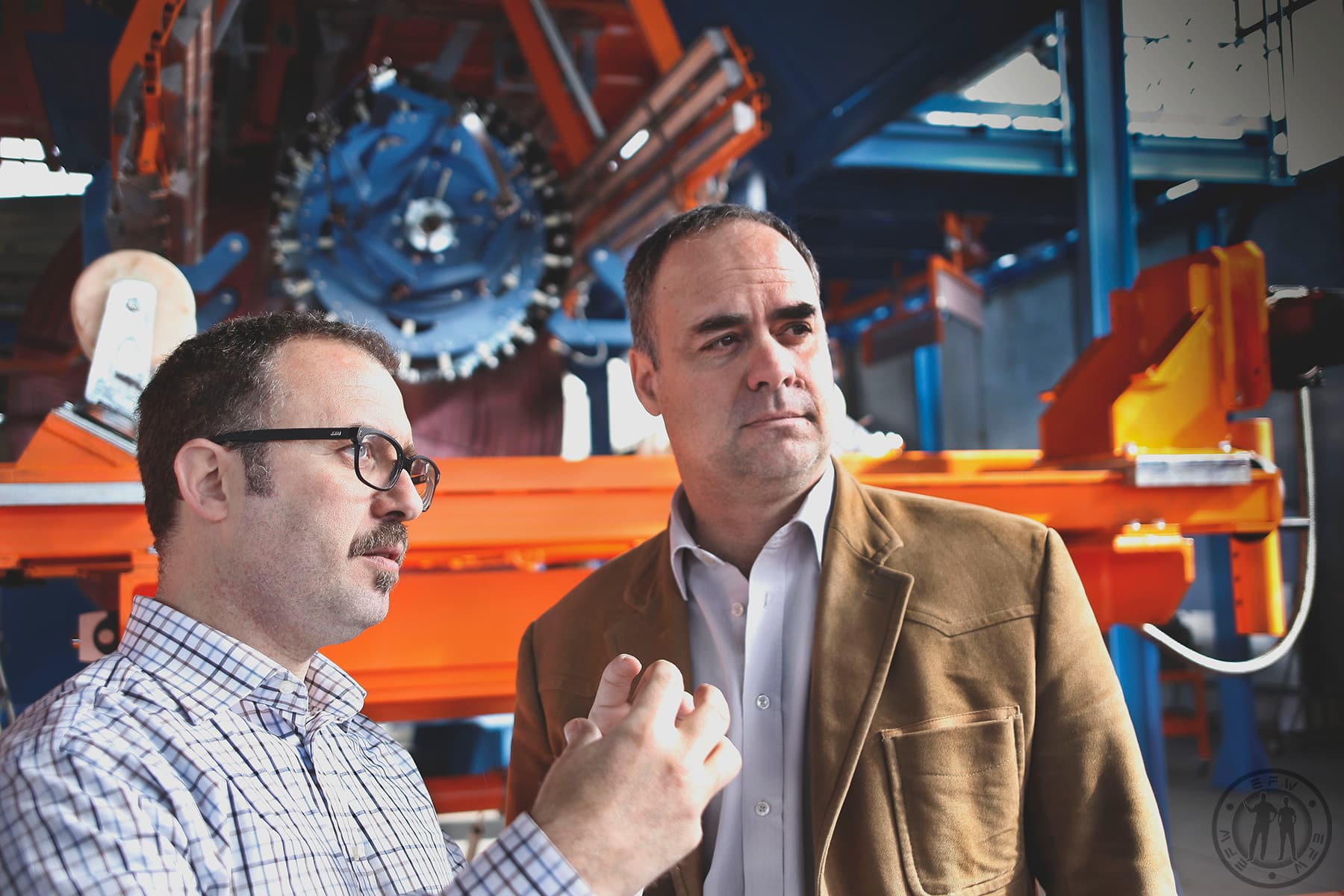After more than 19 years of working in the Filament Winding industry, designing, manufacturing, and installing complete GRP production lines, as well as traveling around the world, meeting customers, and checking GRP production lines, I have seen the same mistakes repeated over and over again.
I always find a proactive team, very motivated and full of optimism, generally ready to work hard and to follow the instructions received by the CFW equipment supplier, but struggling to achieve the expected results.
It is frustrating to chase after a goal without much success because you do not have the right tools to achieve it.
If your aim is to maximize your return on an investment in the composites market and you want to know how to reach the expected results using Continuous Filament Winding technology, this article is crucial for you. Today I decided to shed some light on the problems present in the GRP production.
Let me start by exploring the following problem in the GRP production
Nowadays, you are simultaneously bombarded by a crazy amount of information. And at the same time, you are just a mouse click away from finding the right path toward the correct answer. And the final result of this clash? You only get more and more confused on a daily basis by receiving fantastic promises, new solutions, and simple ways to achieve success in GRP production that might not be what they seem to be.
Let me demonstrate this with an example:
Firstly, let’s talk about raw materials manufacturers. You will often receive many solutions, related to new raw materials developed by the manufacturer. They promise fantastic results, savings in GRP production costs, and better technical specifications.
Secondly, let’s also talk about the Continuous Filament Winding technology providers. They promise you high production rates with the best available know-how in the market. Or finally, consultants who are well known in the market and are ready to sell you recipes with promises of extraordinary results, explaining that they have gained extensive experience in other Continuous Filament Winding plants.
Reading these sentences, you might be thinking, “This happens to me as well”. It is tiring and frustrating, believe me, I know.
Now, let’s analyze the above-mentioned “promises”, in order to reveal the truth that was carefully hidden from you for so long and which prevented you from having a deep understanding of GRP production and GRP technology.
To start with, I would like you to have one concept in mind
In GRP technology, a unique recipe, a unique raw material, or a mix of raw materials that would ensure the optimal cost, an optimal process, or a perfect configuration of the Continuous Filament Winding process for you, which would work in any worldwide GRP production plant, does not exist.
Why do I claim that?
Let’s consider that your GRP production plant is located in a country with a cold climate, where temperatures in winter can drop to –50°C and in summer they can rise just over 0°C. You will agree that the main problem we face is a very low temperature.
Therefore, the main issues in your GRP production, that arise due to low temperatures and which you will have to carefully consider, are:
- Low environmental humidity in the work area, resulting in static electricity. It is extremely dangerous to get an electric shock in an area where you are using flammable materials;
- High viscosity of the resin which happens if you are using the conventional system to heat the resins in your daily tanks. (THIS IS A BIG MISTAKE – please, take the time to read the article on our blog dedicated to resin temperature control, where we explain in detail how the temperature plays a major role in the production of GRP pipes);
- Low production speed due to the temperature of the raw material, which means a higher cost/m of the produced GRP pipe.
Now imagine that your GRP production plant is located in a country with a hot climate, where the temperatures are between 35 and 50° C.
Obviously, the problems in GRP production are completely different from the previous plant example. But despite that, you may get an increase in scrap during production because of the following:
- low resin viscosity which is the result of the high temperatures;
- changes in the viscosity due to styrene evaporation;
- delamination due to high process temperature and so on.
As you can see, the consequences are similar in both cases, but the causes and the remedies are completely different.
To gain access to the complete article click on the link below. You will discover how you can effectively prevent or solve problems in your GRP production. You will also learn about effective filament winding and as a result, you will ensure profit-making.

